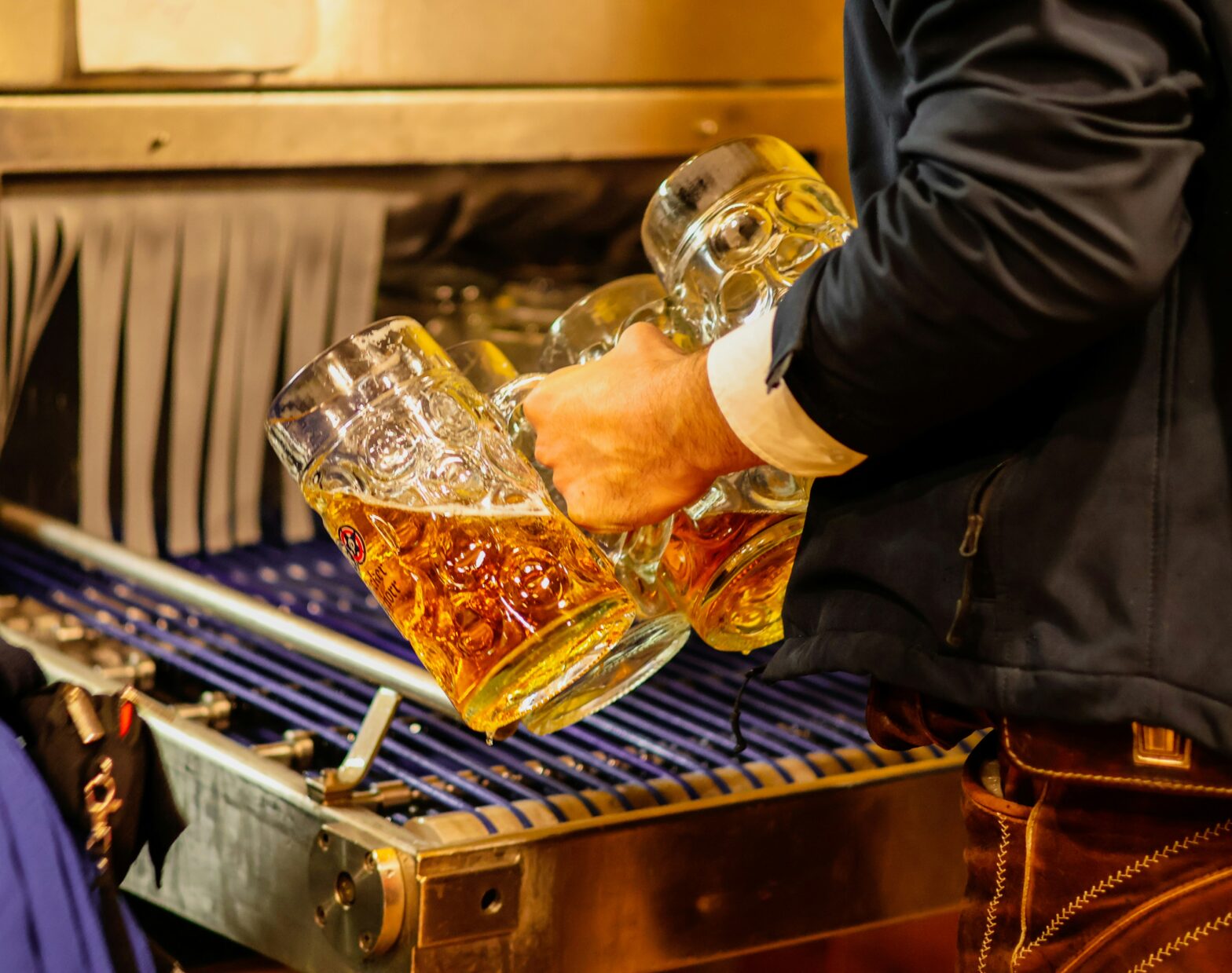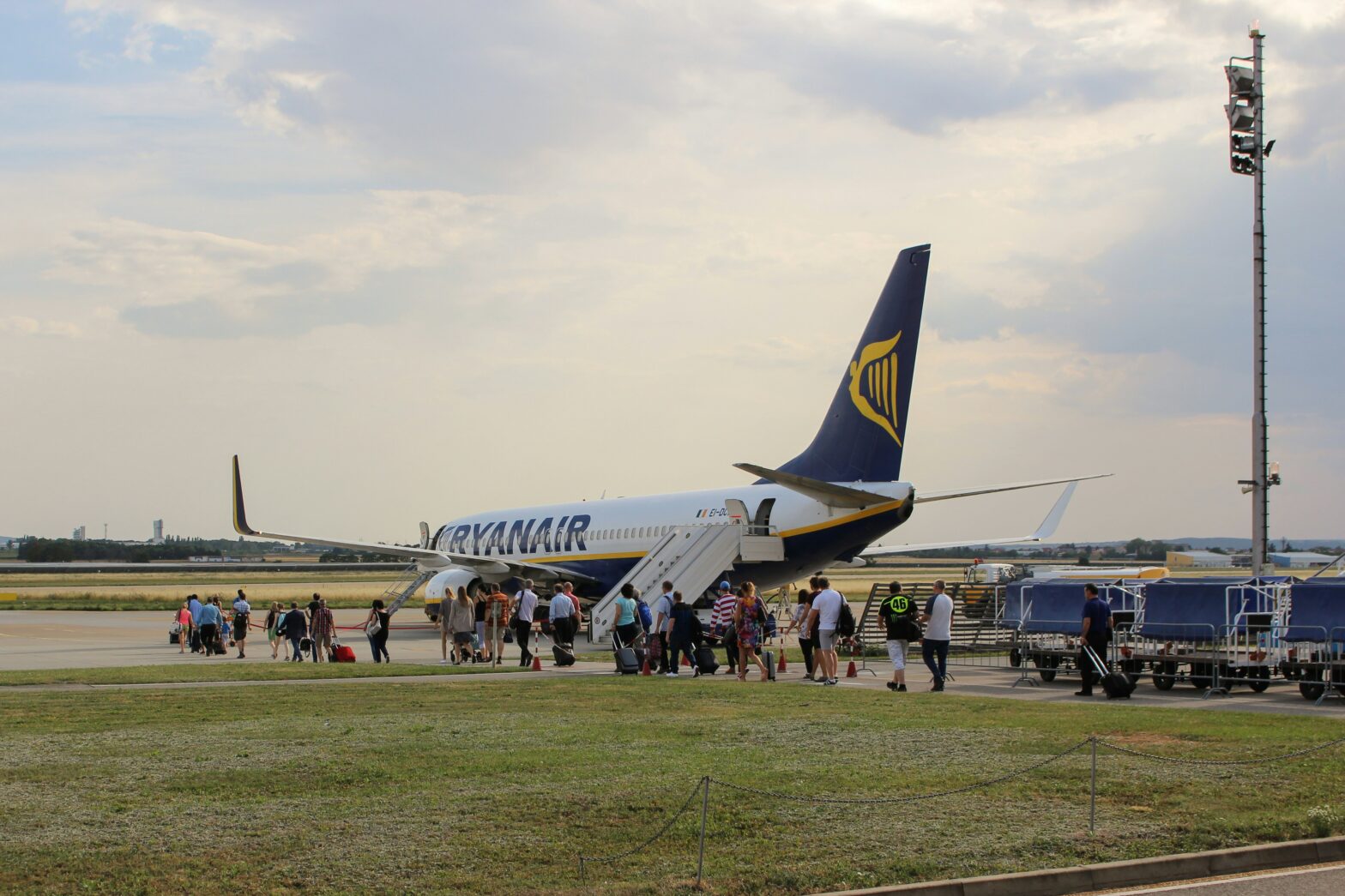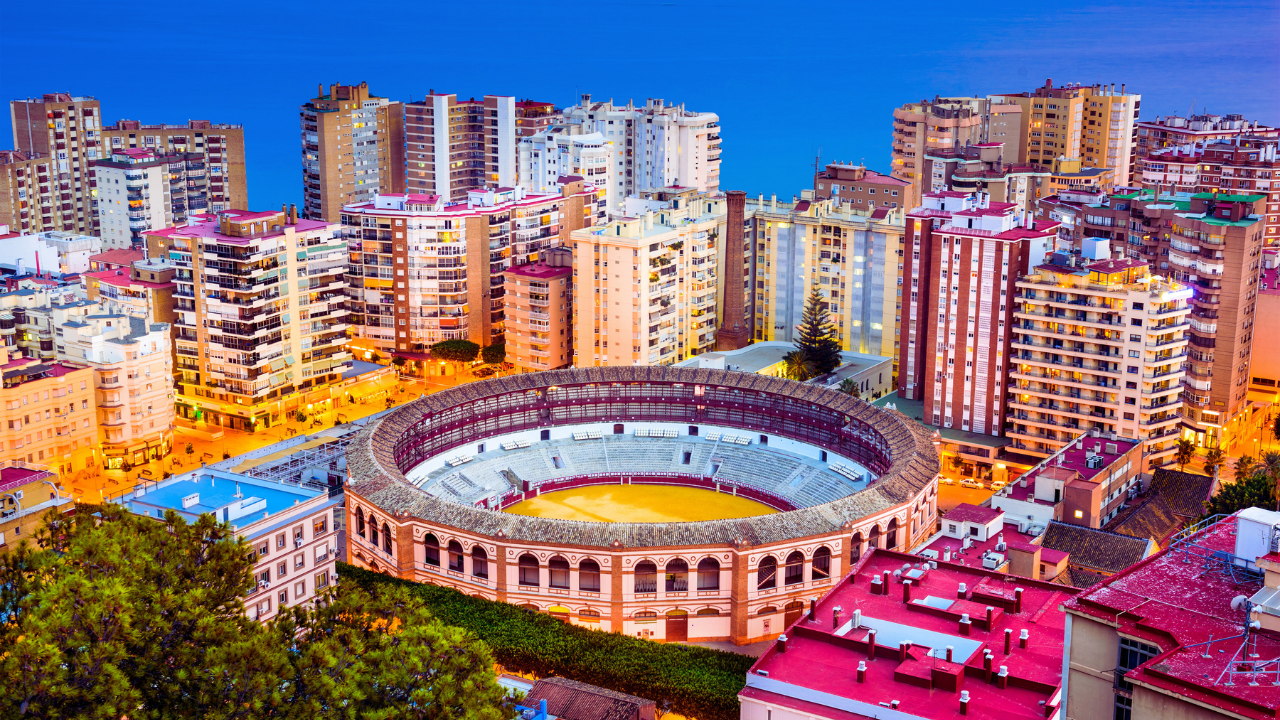As the biggest city in South Africa, Johannesburg is cultural hub that offers a variety of things to see and do during your visit.
For history lovers, your first stop should be to The Apartheid Museum. With more than 20 permanent exhibits, the museum illustrates the rise and fall of apartheid.
Foodies will find that Johannesburg is a melting pot of cultures and the food you will find in the city reflects its diversity.
Market Main, one of the most popular markets in Johannesburg, is a weekly up-market that trades in regional foods and local design.
And don’t forget to add a visit to the Soweto neighborhood to your itinerary. It’s a fascinating place like no other in South Africa.
Related Post: 6 Things To Know About South Africa’s Soweto Township
Planning a trip? Here are 5 things to know before you go to Johannesburg:
1. English is not the first language
Johannesburg is known for its cultural diversity. With that being said, keep in mind that there are 11 official languages spoken South Africa and one of them is English. Other common languages include Zulu, Xhosa, and Afrikaans.
2. Public transit is available
As the largest city in South Africa, there are many ways to get around in Johannesburg.
The best way to get around the city is by The Gautrain. This commuter rail system in Gauteng links Johannesburg, Pretoria, Ekurhuleni, and Tambo International Airport. Keep in mind that you cannot use cash on the train and bus system. Travelers should purchase a smart card with cash or a credit card at one of the rail stations.
The Rea Vaya Bus is another fast, safe, and affordable way to get around the City of Johannesburg. The bus is a great way to travel to Soweto and surrounding suburbs.
Public transportation is the cheaper options but taxi and Uber services are available in Johannesburg.
3. High altitude may leave you winded
It’s not uncommon to feel winded in Johannesburg. The city sits on an altitude that scientists consider moderate at 5,900 feet above sea level.
Altitude sickness is a real thing and it can be deadly.
Acute mountain sickness (AMS) typically appears at altitudes above 2,400 meters, though illness can begin at elevations as low as 1,500 meters in some individuals, according to Travel Doctor.
The best way to avoid or reduce the symptoms of altitude illness is to ascend slowly to give your body time to get acclimated with the changes in oxygen concentration.
Be sure to increase your fluid intake to avoid dehydration and familiarize yourself with the signs and symptoms of AMS, including headache, insomnia, irritability, and dizziness.
4. Weather changes happen frequently
The climate is subtropical in Johannesburg, with mild and sunny winters, but nights are really cold.
Because the city is in the Southern Hemisphere, the seasons are reversed compared to North America and Europe.
Winter months in South Africa are from June to August where the average temperature ranges from 50 to 70 degrees during the day. Pack a coat just in case during the winter months.
5. Tips Are Expected
Tipping is an accepted practice in South Africa. If you’re eating or drinking at a restaurant, expect to add between 10 and 15 percent to the bill.
Car guards, gas station attendants, and taxi drivers expect tips as well. Expect to pay them between R5 and R10.





